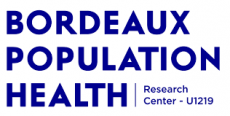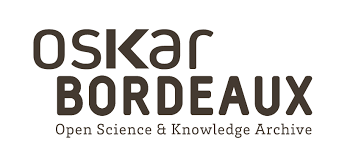A randomized placebo-controlled efficacy study of a prime boost therapeutic vaccination strategy in HIV-1 infected individuals: VRI02 ANRS 149 LIGHT Phase II trial
Résumé
In this placebo-controlled phase II randomized clinical trial, 103 HIV-1 infected patients under c-ART (combined antiretroviral treatment) were randomized 2:1 to receive 3 doses of DNA GTU-MultiHIV B (coding for Rev, Nef, Tat, Gag and gp160) at Week (W)0, W4 and W12 followed by 2 doses of LIPO-5 vaccine containing long peptides from Gag, Pol and Nef at W20 and W24 or placebos. Analytical treatment interruption (ATI) was performed between W36 to W48.At W28, vaccinees experienced an increase in functional CD4(+) T cell responses measured (P\textbackslashtextless0.001 for each cytokine compared to W0) predominantly against Gag and Pol/Env and an increase in HIV-specific CD8(+) T cells producing IL-2 and TNF-α (P=0.001 and 0.013, respectively), predominantly against Pol/Env and Nef. However, analysis of T cell subsets by mass cytometry in a subpopulation showed an increase of W28/W0 ratio for memory CD8(+) T cells co-expressing exhaustion and senescence markers such as PD-1/TIGIT (P=0.004) and CD27/CD57 (P=0.044) in vaccinees compared to placebo. During ATI, all patients experienced viral rebound with a maximum observed HIV RNA level at W42 (median: 4.63 log(10) cp/ml; IQR 4.00-5.09) without any difference between arms. No patient resumed c-ART for CD4 cell count drop. Globally, the vaccine strategy was safe. However, a secondary HIV transmission during ATI was observed.These data show that the prime-boost combination of DNA and LIPO-5 vaccines elicited broad and polyfunctional T cells. The contrast between the quality of immune responses and the lack of potent viral control underscores the need of combined immunomodulatory strategies.IMPORTANCE In this placebo-controlled phase II randomized clinical trial, we evaluated the safety and immunogenicity of a therapeutic prime-boost vaccine strategy using a recombinant DNA vaccine (GTU®-MultiHIV B clade) followed by a boost vaccination by a lipopeptide vaccine (HIV-LIPO-5) in HIV-infected patients while on combined antiretroviral therapy. We show that this prime-boost strategy is well tolerated, consistently with previous studies in HIV-1 infected individuals and healthy volunteers who received each vaccine component individually. Compared to placebo group, vaccines elicited strong and polyfunctional HIV-specific CD4(+) and CD8(+) T cell responses. However, these immune responses presenting some qualitative defects were not able to control viremia following antiretroviral treatment interruption as no difference in HIV viral rebound was observed in vaccine and placebo groups. Several lessons were learned from these results pointing out the urgent need to combine the vaccine strategies with other immune-based interventions.
Origine : Fichiers produits par l'(les) auteur(s)



